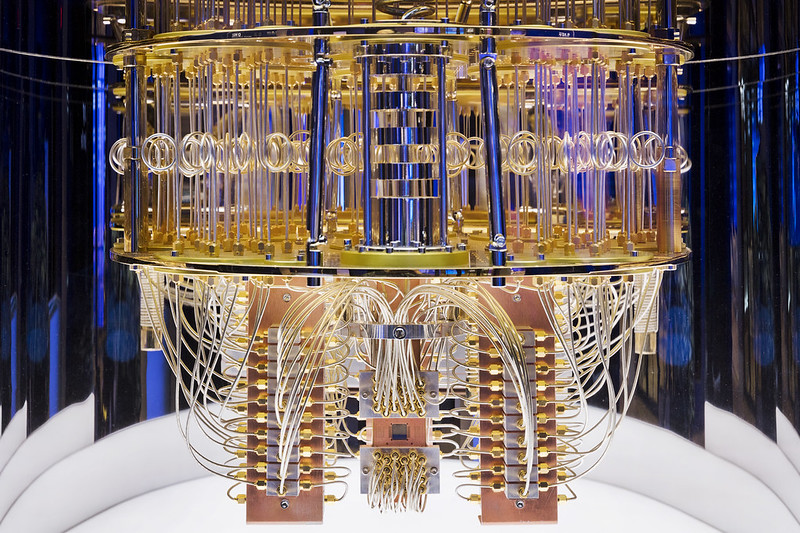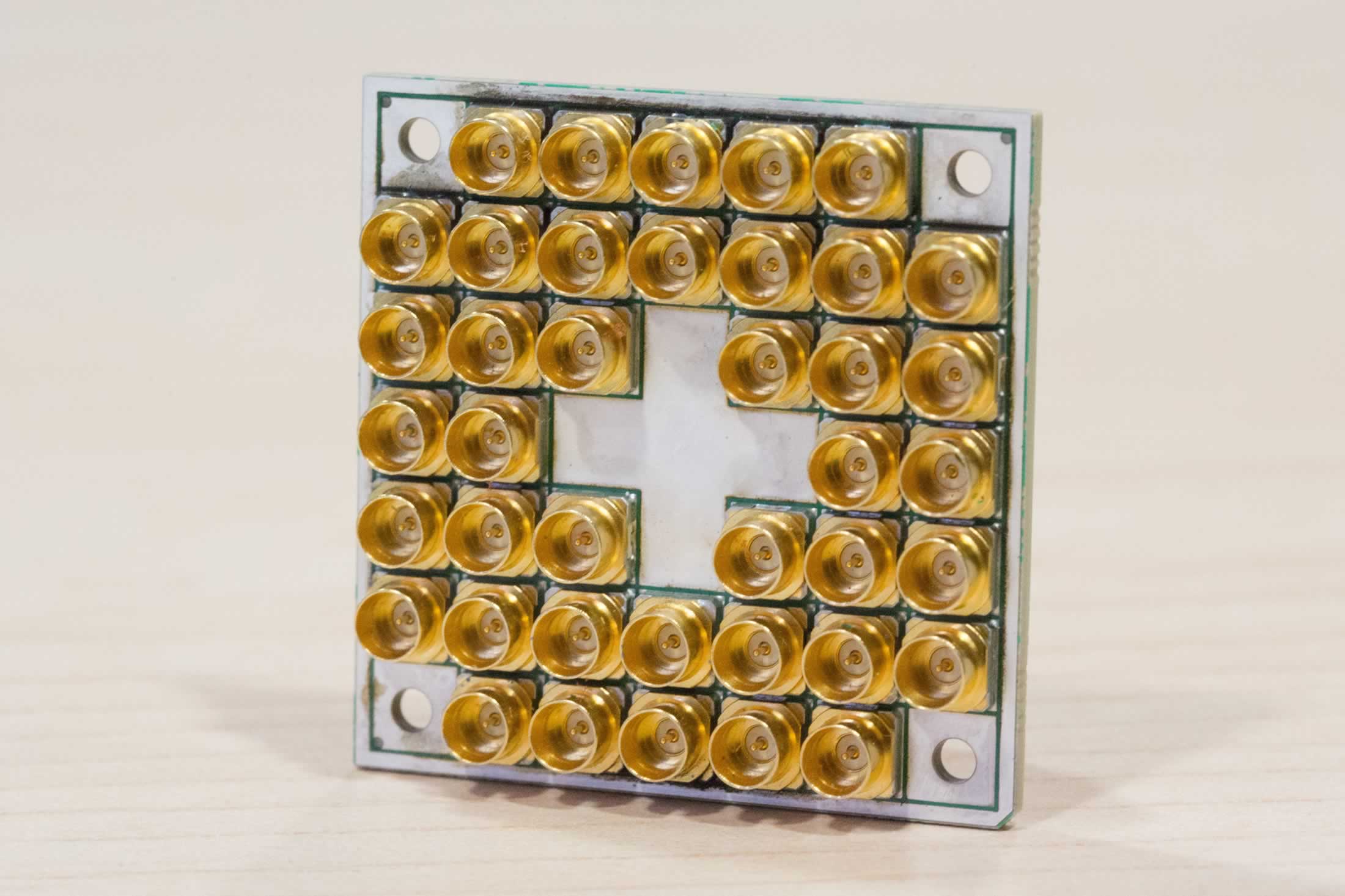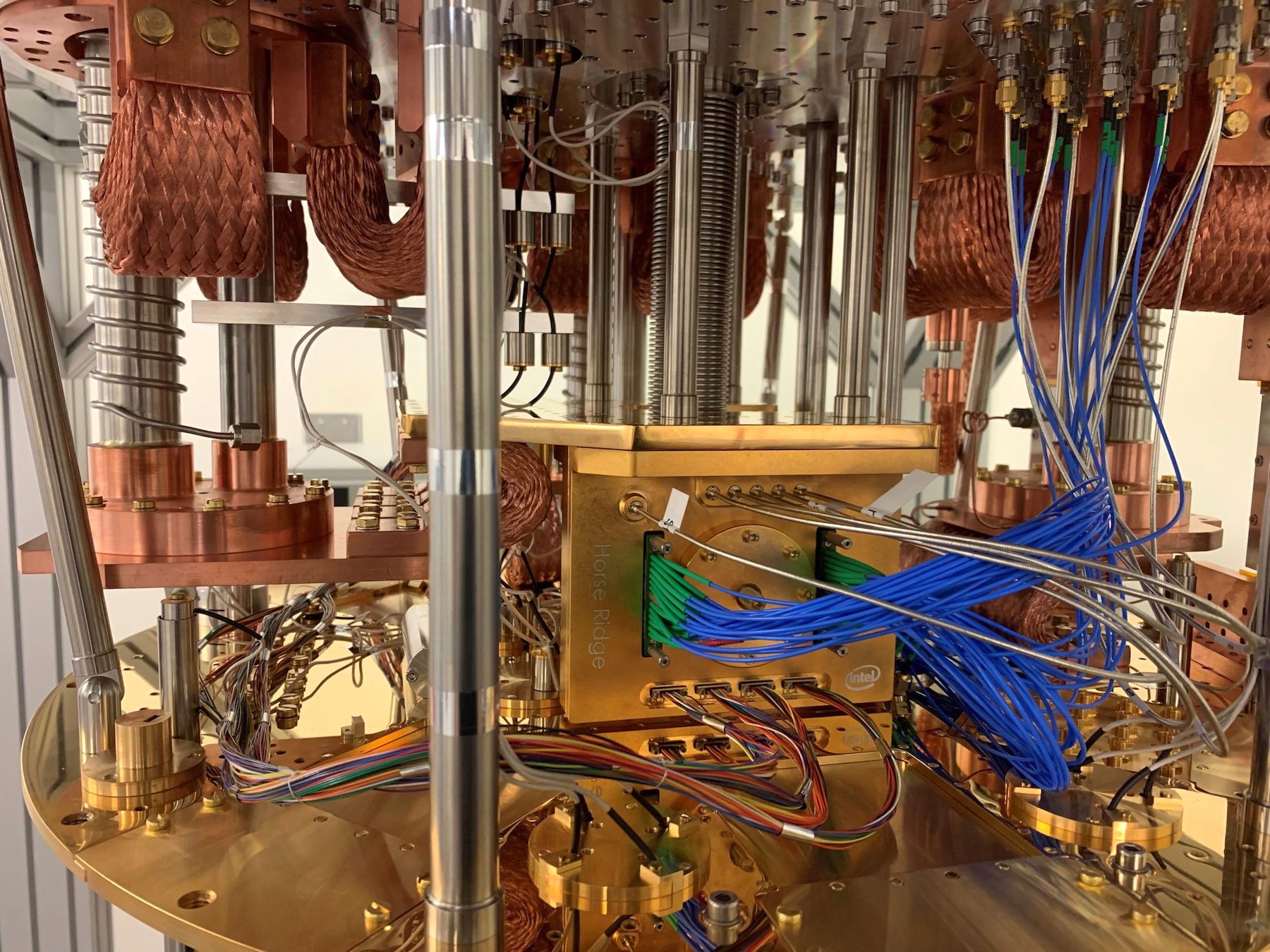Quantum Computers are on the Horizon as Quantum Mechanics Advance
Quantum mechanics technology could not have come at a better time, as traditional chip technology is approaching its technical and economic limits.

The bizarre science of quantum mechanics challenges our perception of the physical world. In his 370 BCE dialogue “The Phaedrus,” Plato wrote, “Things are not always what they seem; the first appearance deceives many, the intelligence of a few perceives what has been carefully hidden.” He certainly was not referring to quantum mechanics, but the message still applies.
Quantum mechanics is a branch of physics that focuses on very small, atomic, or subatomic particles that have the potential to exist in particle or wave form. While it is difficult to understand how a particle can simultaneously exist in more than one state, the practical application of this phenomenon may open the door to an exponential increase of data processing power.
The concept of quantum superposition is entirely beyond me, but this phenonium enables the completion — in seconds — of calculations that are impossible to perform on the most powerful supercomputer available today. Unlike today’s digital computers, which are based on streams of ones and zeros, a quantum computer utilizes multiple atomic levels.
The basic element of a quantum computer is the quantum bit, or qubit. Unlike a traditional bit in current computers, each qubit can represent zero, one, or any proportion of value between them, greatly increasing the calculating power of the machine. A 53-qubit quantum computer developed by Google recently solved a complex problem that could not be solved by any traditional computer. The resulting claim of quantum supremacy is in dispute. The potential for an exponential increase in speed and the challenging applications it could enable is driving this quest.

The IBM Q System One quantum computer is stored inside of a cryogenic cooling chamber, where it is operates under isolated conditions that are colder than interstellar space.
The unique characteristics of quantum mechanics can also be used to create “unhackable” communication networks. A condition known as entanglement establishes a link between two quantum particles. A change in one particle will immediately result in a corresponding change in the other, regardless of the distance between them. This has already been demonstrated by Chinese scientists, who transmitted information using entangled photons between a satellite and a ground station.
Quantum computers are in the earliest stages of development. Unlike other ground-breaking technologies, such as computers and lasers, which were initially perceived as having very few practical applications, quantum computers have already been identified as the key to advances in many fields, including communication, computing, and cryptography.
Quantum technology could not have come at a better time, as traditional complementary metal-oxide-semiconductor (CMOS) chip technology is approaching its technical and economic limits. Moore’s Law has been throttled by what can be achieved with current semiconductor design and manufacturing. Devices based on quantum mechanics could usher in a new age of computational performance.
Current quantum computers are complex and sensitive devices that require tightly controlled conditions and operate for extremely short periods of time. They must be environmentally and electrically isolated to minimize interference with the fragile quantum states of the qubits. Even cosmic rays can destabilize a quantum computer.
Incredible computing power comes with a downside. It has been predicted that a quantum computer will be able to decipher nearly every security code system ever devised. This is a very real threat to financial, medical, military, and governmental organizations and has been recognized as a threat to national security. The IoT, as well as factories that have implemented Industry 4.0 automation, would be particularly vulnerable. The flip side of this is the potential to use quantum technology to provide the ultimate level of cybersecurity. Artificial intelligence coupled with quantum computing could be a frightening prospect. The race between the United States and China to achieve quantum computing superiority may well prove to be a key aspect of global leadership.
Relatively few quantum computers exist today, but the number is growing. They are constructed using high-precision coaxial cables and connectors routed to the qubit chip. Silicone photonic and optical devices are a core aspect of current quantum computers, which require precise control of light. Fiber optic cables are used to support required high-speed interconnects throughout the machine. To stabilize qubits, quantum computers use helium cooling to within a fraction of a degree above absolute zero. All components must be capable of withstanding this incredibly frigid environment. Entirely new connectors may be required to support these unique requirements.

Intel’s 17-qubit superconducting test chip for quantum computing has unique features for improved connectivity and better electrical and thermo-mechanical performance.
In addition to connectors associated with the quantum computer, system test and management equipment also use a wide array of traditional connectors that range from high-speed backplane to power interconnects.
Advances in quantum computing and communications are moving ahead at a fast pace, fueled by billions of dollars invested by government and industry. IBM, Google, Intel, and Microsoft have committed to develop quantum computing hardware and software. Essential tools such as software and algorithms are already commercially available.
The race to build quantum computers that achieve quantum supremacy has become another field of intense competition between the United States and China. U.S.-based Google, with its quantum processors named Sycamore, and China, with its quantum computer, Jiuzhang, are current top contenders for the title. The National Quantum Initiative Act, an act of Congress that was signed into law in 2018, provides up to $1.2 billion over five years to fund quantum research in the United States.

Intel’s Horse Ridge II, released in late 2020, offers new control features, including the ability to manipulate and read qubit states and control the potential of several gates required to entangle multiple qubits.
We are likely five to 10 years away from the introduction of a commercial quantum computer, although the IBM Quantum Initiative currently offers access to a 16-qubit machine for experimentation. Major advances in qubit capacity and stability will be required before they can become a useful tool. The capabilities of a quantum-based internet and cloud as well as recognition of the need to achieve national technical superiority assures continued commitment to the development of practical quantum computers. New applications will emerge, potentially becoming a disruptive innovation to many existing business models.
The business potential for the connector industry is limited at this time, but as the technology matures, commercialization could create an entirely new market segment with highly specific electrical, optical, and mechanical requirements. Managing the incredible flow of information in and out of a quantum computer, as well as providing vast amounts of storage that can keep up with a tsunami of data, will generate many new interconnect opportunities.
You probably don’t need to toss your personal computer yet, but the next big thing in high-performance computing is on the horizon.
Like this article? Check out our other High-Speed and Innovation articles, our Datacom/Telecom Market Page, and our 2021 and 2020 Article Archives.
- Optics Outpace Copper at OFC 2024 - April 16, 2024
- Digital Lighting Enhances your Theatrical Experience - March 5, 2024
- DesignCon 2024 in Review - February 13, 2024





